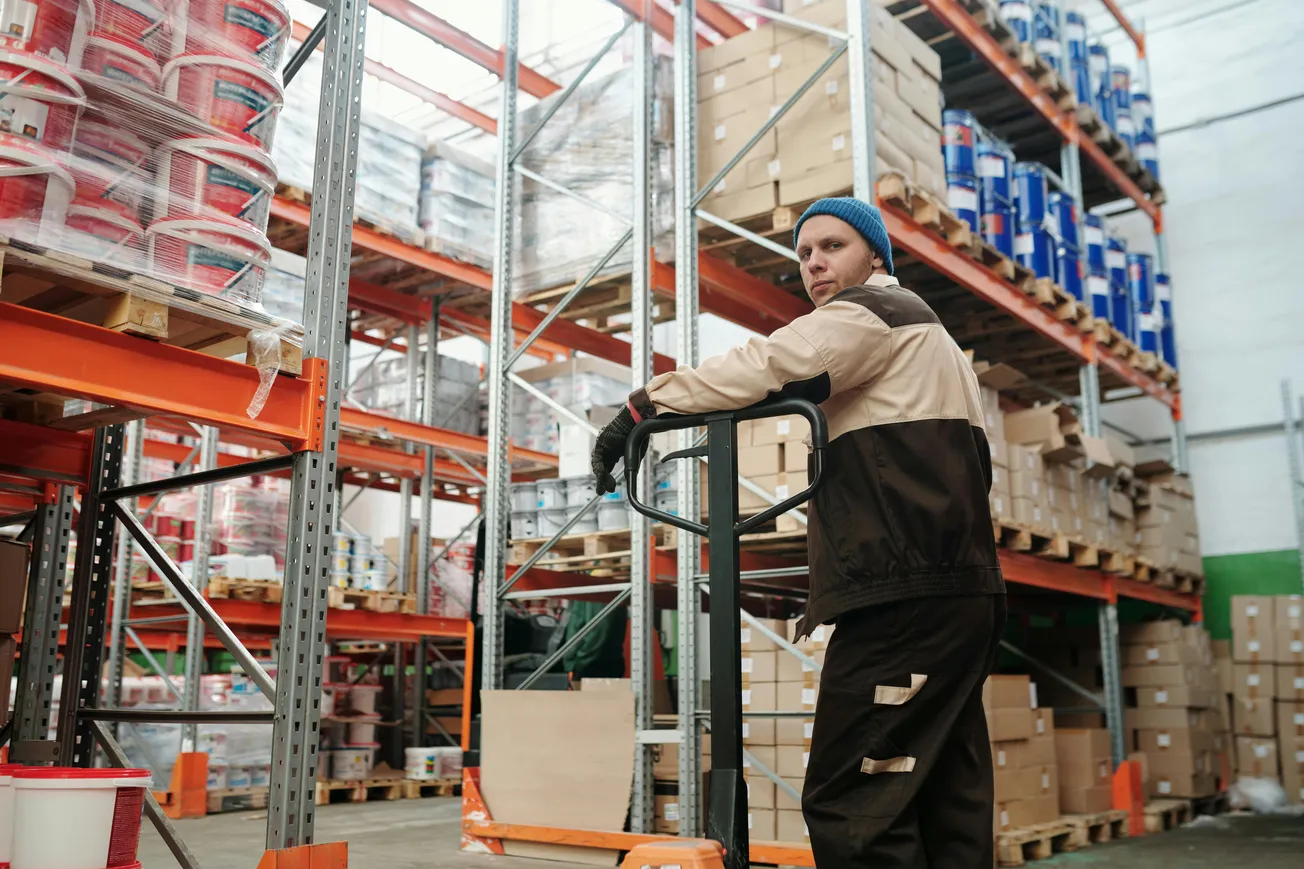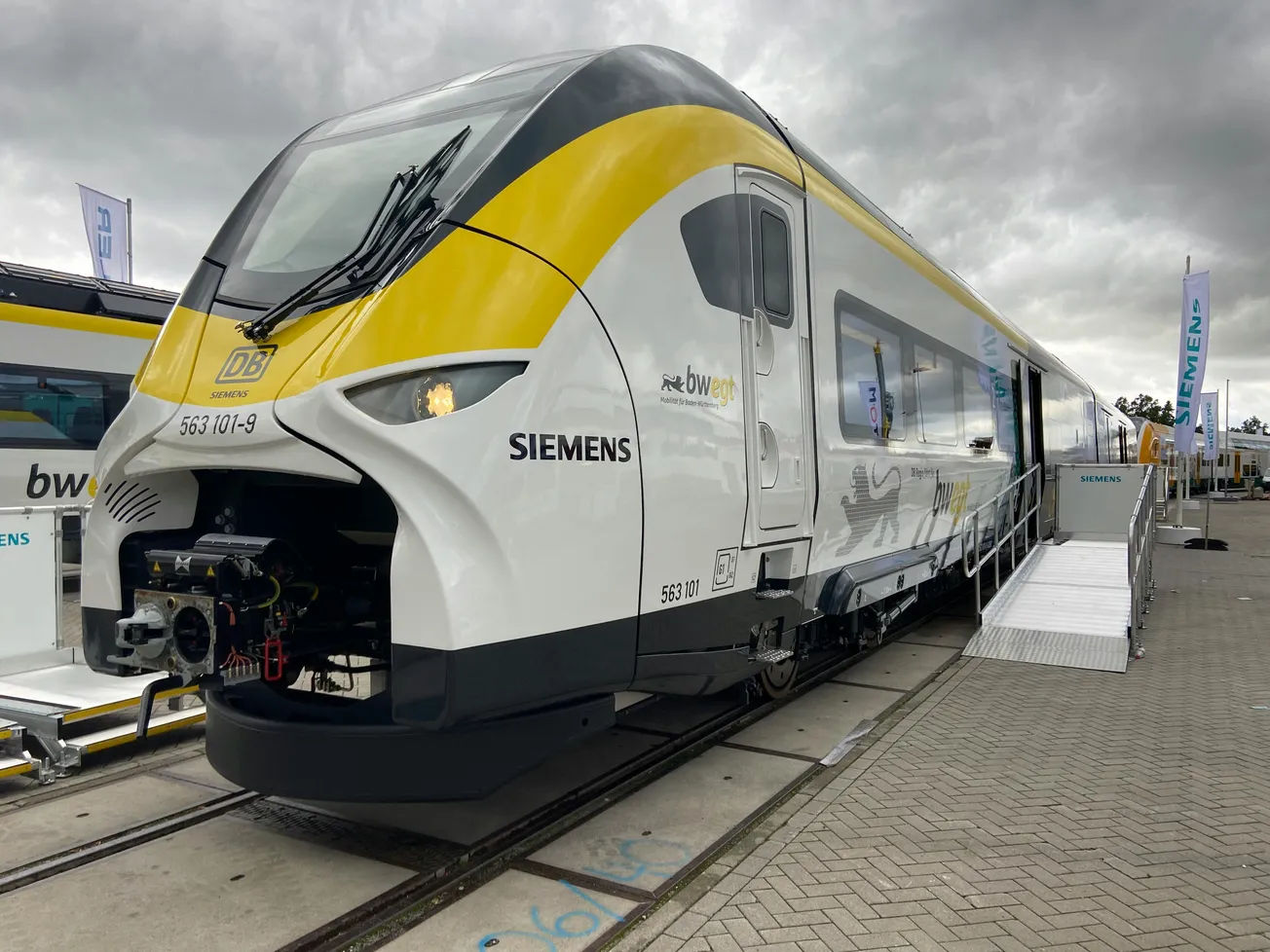Operational Barriers Stifle Innovation in Cold Chain Logistics
Despite the availability of advanced technologies like AI, IoT and blockchain, adoption within cold chain logistics remains slower than anticipated. Industry expert Natalia Andreyeva, a veteran in supply chain innovation, identified a key bottleneck: the operational capacity of frontline workers.
According to Andreyeva, the issue isn’t regulatory constraints or lack of tools – it’s execution. Frontline teams are often too burdened by day-to-day demands to embrace and implement new systems effectively.
Without clear processes and strong change management, the potential of new tech stalls at the implementation phase. Successful tech adoption hinges more on user readiness and process alignment than on technological availability.
AI in Supply Chain: More Promise Than Proof?
Andreyeva also addressed the gap between AI hype and practical results in supply chain management. While executives may champion AI for resilience and agility, especially in cold chain operations, the reality on the ground involves trial-and-error deployments, unclear ROI and ongoing issues with data availability and quality.
Crucially, not all solutions marketed as AI truly meet that bar. Many are basic analytics rebranded with buzzwords. Still, Andreyeva said she sees long-term value for AI in areas such as procurement, sustainability and risk mitigation, particularly when used with strong existing data frameworks.
Timing and Market Readiness Remain Central to Innovation Success
Andreyeva’s experience highlights the importance of timing in launching new solutions. Products introduced too early may face a market not yet ready to adopt, while late launches risk irrelevance.
The optimal path, she said, is releasing technology that is "good enough to lead" and refining it through real-time customer feedback.
Her career, which began with emerging tech in cold chain, including early use of blockchain and computer vision, has evolved to focus on broader supply chain visibility and strategic scaling. A core theme across her work is aligning innovation with real operational needs.
Ecosystem Infrastructure Often Lags Behind Innovation
The case of Procore, a construction tech company, emphasizes her point: early products may struggle without a supporting infrastructure. As markets mature, however, the same products can scale rapidly, demonstrating the critical role of ecosystem readiness in the adoption of digital tools.









